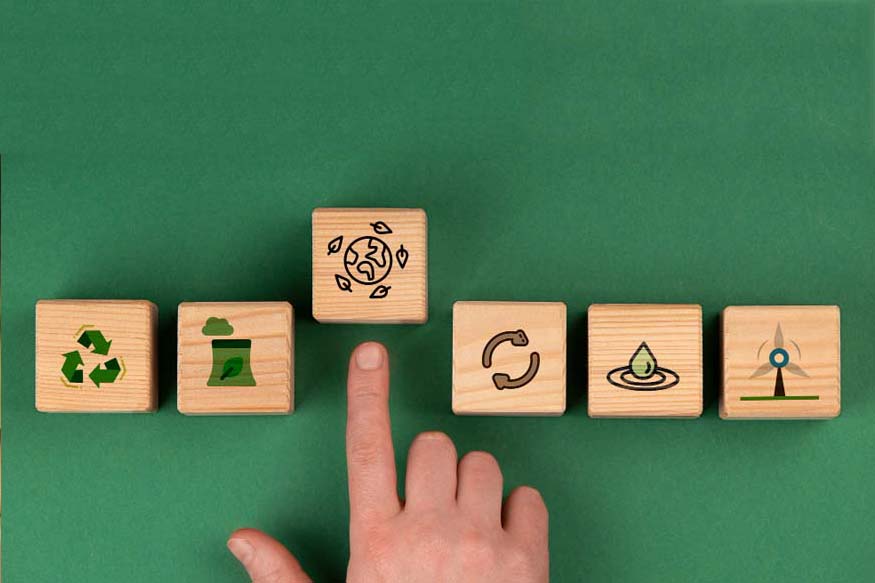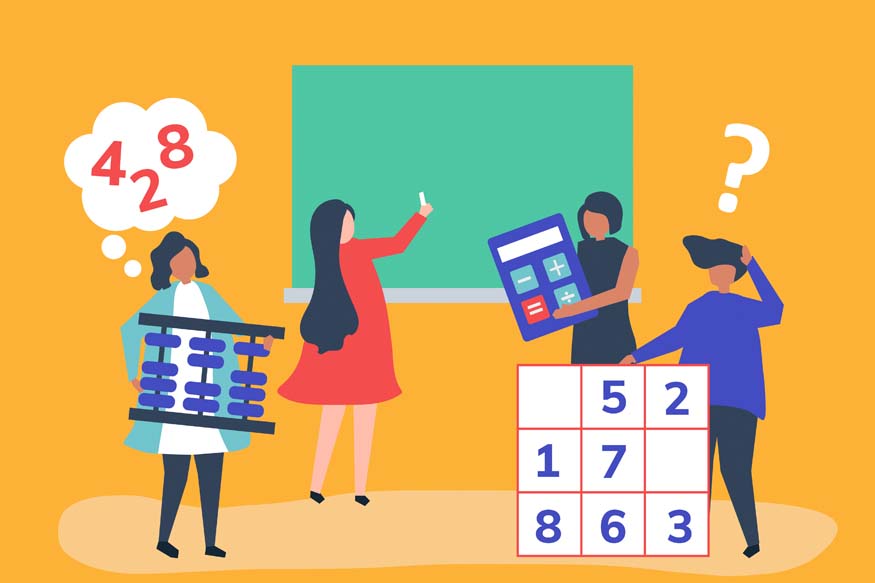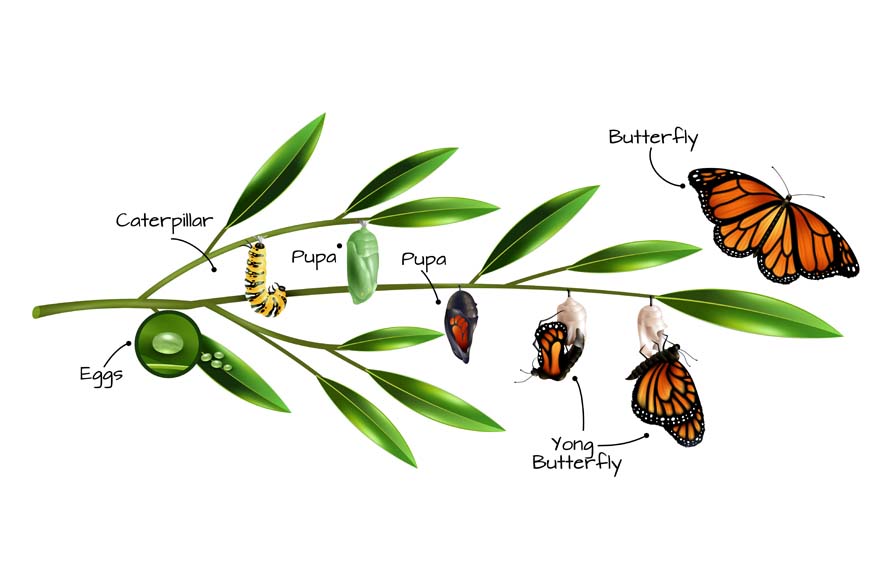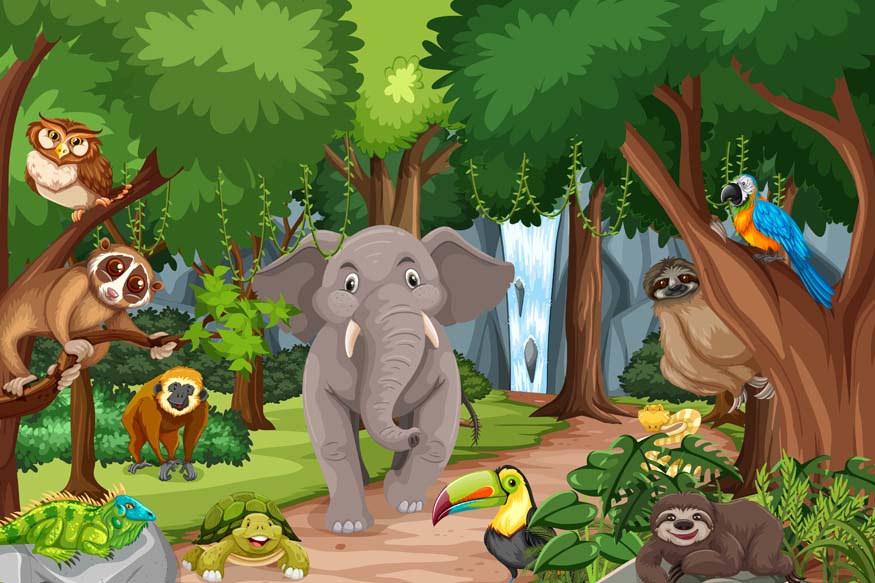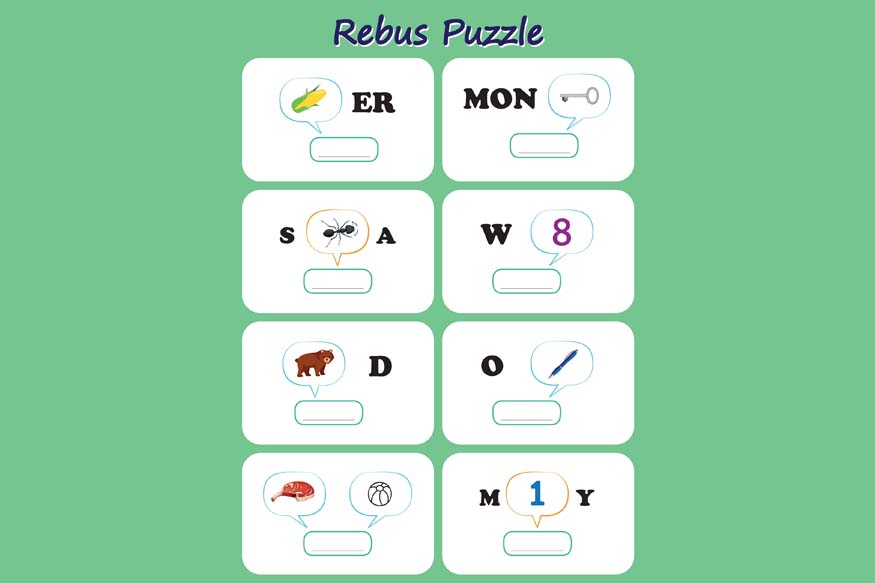Recycling is the method of transforming discarded materials into new products and substances. This practice plays a vital role in preserving natural resources and minimises the volume of waste sent to landfills. Recycling involves collecting, sorting, processing, and producing new items from those materials.
Importance of Recycling
Educating children about the importance of recycling instils a sense of environmental responsibility from a young age and encourages sustainable habits that can last a lifetime. Here’s why recycling is essential and how kids can make a difference.
Benefits of recycling
Environmental Protection
Recycling helps protect our environment by reducing the amount of waste that ends up in landfills and incinerators. When waste decomposes in landfills, it releases harmful gases, including methane, which contribute to climate change. By recycling, we can minimise these emissions and conserve natural resources.
Resource Conservation
Many of the items we use daily, such as paper, plastic, and glass, come from finite resources. Recycling allows us to reuse these materials, reducing the need to extract new resources. For example, recycling paper saves trees, water, and energy, while recycling plastic reduces the need for petroleum, a non-renewable resource.
Energy Savings
Recycling can save a significant amount of energy. Producing new products from raw materials requires more energy than manufacturing products from recycled materials. For instance, recycling aluminium saves up to 95% of the energy needed to produce new aluminium from raw ore. By recycling, kids contribute to reducing energy consumption and protecting the environment.
Wildlife Protection
Recycling helps protect wildlife by reducing habitat destruction and pollution. Landfills and waste incineration can harm animals and their habitats. By recycling, we can minimise these threats and ensure a cleaner and safer environment for wildlife.
Reduce, Reuse, and Recycle
The three R’s—Reduce, Reuse, and Recycle—are fundamental principles in waste management and environmental conservation. Understanding and practising these principles can significantly impact the environment.
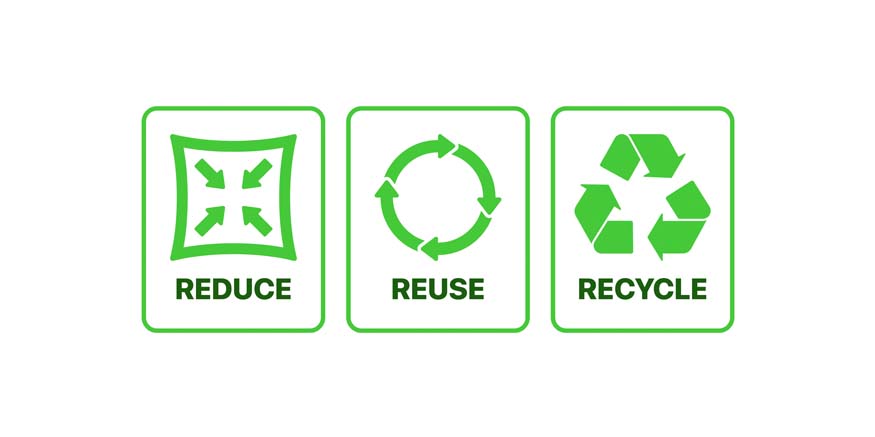
Reduce: Reducing waste starts with mindful consumption. Encourage kids to think before they buy.
Reuse: Reusing extends the life of products and materials. Kids can get creative by finding new uses for old items.
Recycle: Recycling involves processing materials to make new products. Kids can actively participate by separating recyclables from regular waste.
How Kids Can Make a Difference
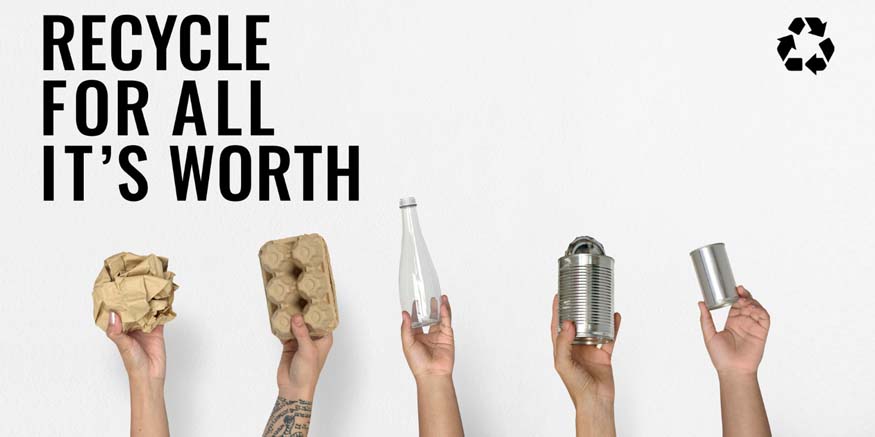
Kids can play an active role in recycling and environmental conservation. Here are some practical steps they can take:
Separate Waste:
Learn to separate recyclables from non-recyclables. Make garbage bins paper, plastic, glass, and metal in your home or school. Make it a fun activity by decorating the bins and setting up a point system to encourage participation. Teach kids the importance of properly cleaning recyclables before disposal to avoid contamination. Reinforcing these habits will ensure more effective recycling and a cleaner environment.
Reduce, Reuse and Recycle:
2.1 Reduce: Purchasing items with minimal packaging or choosing products that are made to last can reduce waste. Simple actions like turning off lights when not needed, conserving water, and printing double-sided on paper can also contribute to waste reduction.
2.2 Reuse: Using glass jars for storage, repurposing clothes into cleaning rags, or donating toys they no longer use. Schools can implement programs to reuse textbooks or supplies, reducing the need for new materials.
2.3 Recycle: Setting up designated bins for paper, plastic, glass, and metal at home and school makes recycling easy and effective. Educating peers about local recycling rules and the benefits of recycling can amplify efforts and foster a culture of sustainability.
Educate Others:
Share your knowledge about recycling with friends and family. Encourage them to join you in recycling efforts and explain the benefits. Organise awareness campaigns at school or in your community, and create posters or presentations to spread the message. The more people understand the impact of recycling, the more they are likely to participate and make a positive difference.
Get Creative:
Find creative ways to reuse materials. Make art projects from recyclable items, or organise a recycling drive in your community. Host “Do It Yourself [DIY]” workshops where kids can learn to make useful things from recyclables, like bird feeders from plastic bottles or jewellery from old magazines. Creativity makes recycling fun and highlights the endless possibilities of reusing materials.
Stay Informed:
Stay updated on local recycling programs and guidelines. Different areas may have specific rules about what can be recycled, so it is essential to follow them. Participate in community meetings or follow local environmental groups online to learn about new initiatives. Understanding recycling policies helps ensure compliance and maximises the benefits of recycling efforts.
Conclusion
Recycling is a simple yet powerful way for kids to contribute to a healthier planet. Children can develop lifelong habits that promote sustainability and environmental guardianship by understanding the importance of recycling and taking proactive steps. Every small action combined can make a significant impact in preserving our environment.
When kids learn to recycle, reduce, and reuse, they help conserve resources and inspire others to follow this action. It is about creating a ripple effect that benefits everyone. Through education, creativity, and commitment, kids can build a greener and more sustainable future.
For more such informative/interesting blogs, visit Center Point School.

